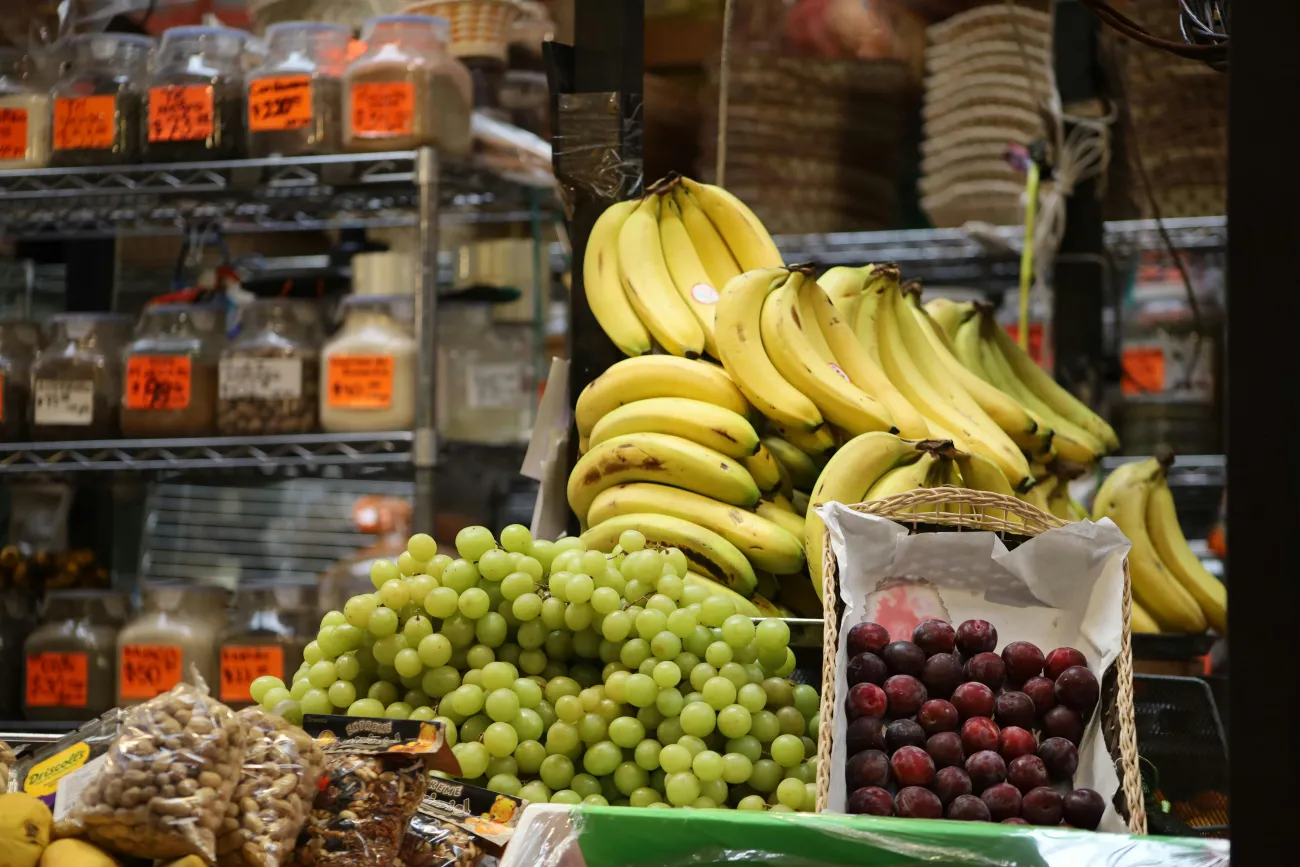No country meets basic needs for its citizens at a globally sustainable level of resource use, according to a study by researchers from the University of Leeds.

The study is based on the doughnut metaphor outlined in Kate Raworth’s book Doughnut Economics (see also her website). Resource use has a lower boundary (like the inner ring of a doughnut), below which social needs are not met, and an upper boundary (like the outer ring of a doughnut), beyond which the environment is under too much pressure. The upper limits are based on the ‘planetary boundaries’ concept outlined by Steffen et al. (see the FCRN’s coverage of the updated version, which concludes that four boundaries have already been crossed). The space between the upper and lower boundaries - the doughnut - is the ‘safe and just space’ which is sustainable both socially and environmentally.
The study scores every country on 11 indicators of social welfare and 7 biophysical indicators of environmental pressure, shown in the table below. Each country’s scores are compared to minimum acceptable thresholds of social welfare and maximum acceptable thresholds of biophysical boundaries. Biophysical boundaries for each country are allocated according to current country populations. The authors acknowledge that this might not be the best approach for resources which must be managed more locally, e.g. freshwater.
|
Social indicators |
Biophysical indicators |
|
Nutrition Sanitation Income Access to energy Education Social support Equality Democratic quality Employment Self-reported life satisfaction Healthy life expectancy |
Climate change Land-system change Freshwater use Nitrogen flows Phosphorus flows Ecological footprint Material footprint |
The results show that no country meets all social thresholds while staying within all biophysical boundaries, shown by the empty top-left corner in the figure below. Generally, the better a country does socially, the worse it does environmentally. A possible exception is Vietnam, which does well on six social indicators but only transgresses one biophysical boundary.

The figure below shows that, while many countries achieving social goals have resource use far above the planetary boundaries, some countries meet some goals while staying below some boundaries. This suggests there is room for improvement.

The authors conclude that we face a ‘substantial challenge to current development trajectories’. Minimum acceptable outcomes in nutrition, sanitation, access to energy and income could be met for 7 billion people within the planetary boundaries. However, provisioning systems for other outcomes (life satisfaction, healthy life expectancy, secondary education, democratic quality, social support and equality) must become two to six times more efficient compared to current average resource use patterns, since the countries that score better on social indicators tend to be developed nations with higher resource use. Population growth will make this challenge even greater. The authors propose two strategies to get into the ‘safe and just space’ of the doughnut:
- Sufficiency: use just enough resources to meet minimum social thresholds. Due to diminishing returns, resource use could be decreased in many wealthy countries without significantly decreasing wellbeing. The authors suggest moving away from both overconsumption and the growth-oriented economic model.
- Efficiency: provide beneficial outcomes with lower resource use. Physical improvements could include: using renewable energy, designing products to last, reducing waste, shifting away from animal products and investing in new technologies. The authors note the danger of the rebound effect, where higher efficiency can lead to greater overall consumption. Social improvements could focus on reducing income inequality and enhancing social support, since these are only weakly linked to resource use but can positively affect other social outcomes.
Abstract
Humanity faces the challenge of how to achieve a high quality of life for over 7 billion people without destabilizing critical planetary processes. Using indicators designed to measure a ‘safe and just’ development space, we quantify the resource use associated with meeting basic human needs, and compare this to downscaled planetary boundaries for over 150 nations. We find that no country meets basic needs for its citizens at a globally sustainable level of resource use. Physical needs such as nutrition, sanitation, access to electricity and the elimination of extreme poverty could likely be met for all people without transgressing planetary boundaries. However, the universal achievement of more qualitative goals (for example, high life satisfaction) would require a level of resource use that is 2–6 times the sustainable level, based on current relationships. Strategies to improve physical and social provisioning systems, with a focus on sufficiency and equity, have the potential to move nations towards sustainability, but the challenge remains substantial.
Reference
O’Neill, D., Fanning, A., Lamb, W., Steinberger, J. (2018) A good life for all within planetary boundaries, Nature Sustainability, doi:10.1038/s41893-018-0021-4
You can find the article on the Nature website here and a PDF is available to view here. The results of the study are visualised on this website, which also lets you download the data in spreadsheet format. Supplementary information can be found here.




Comments (0)